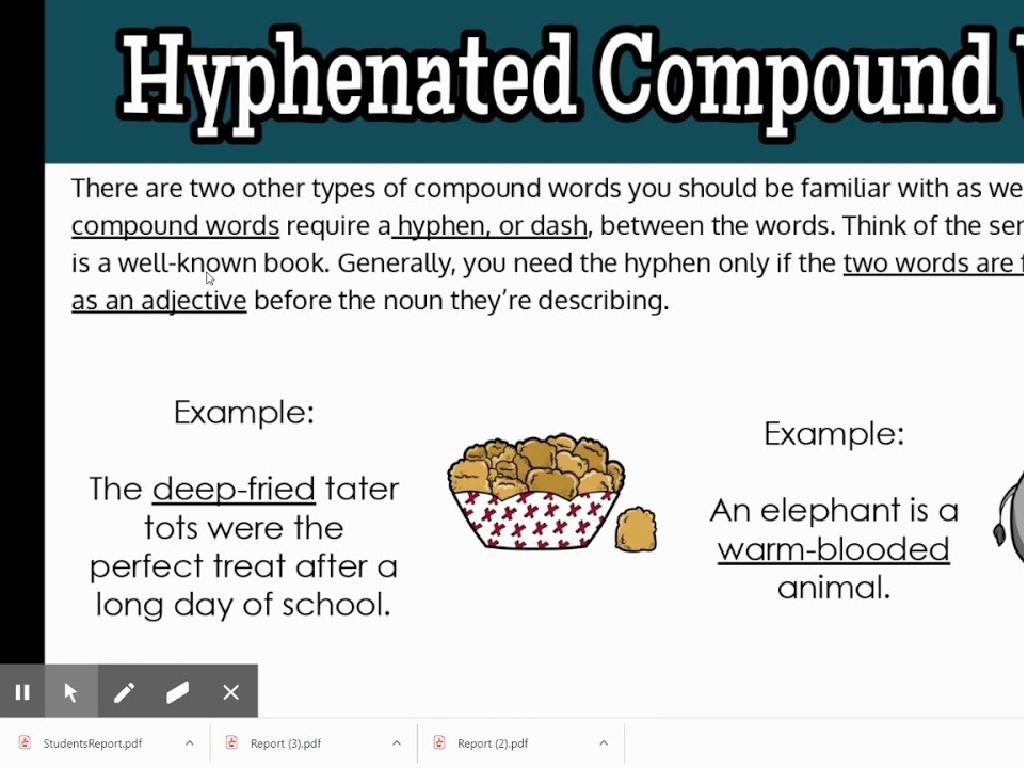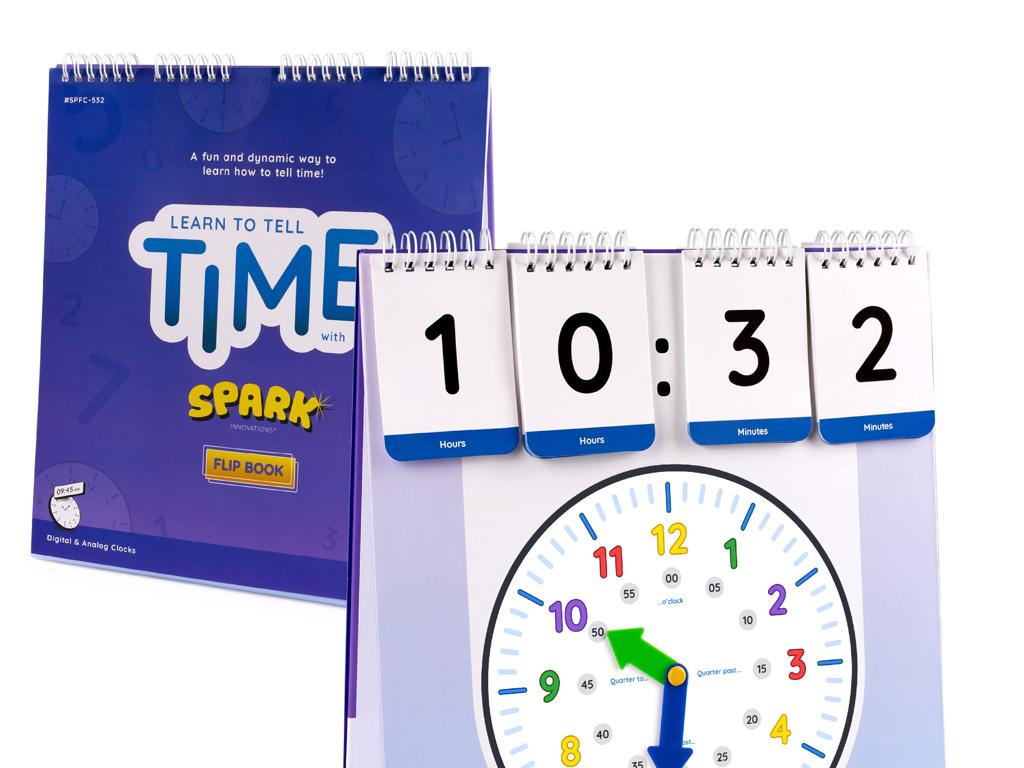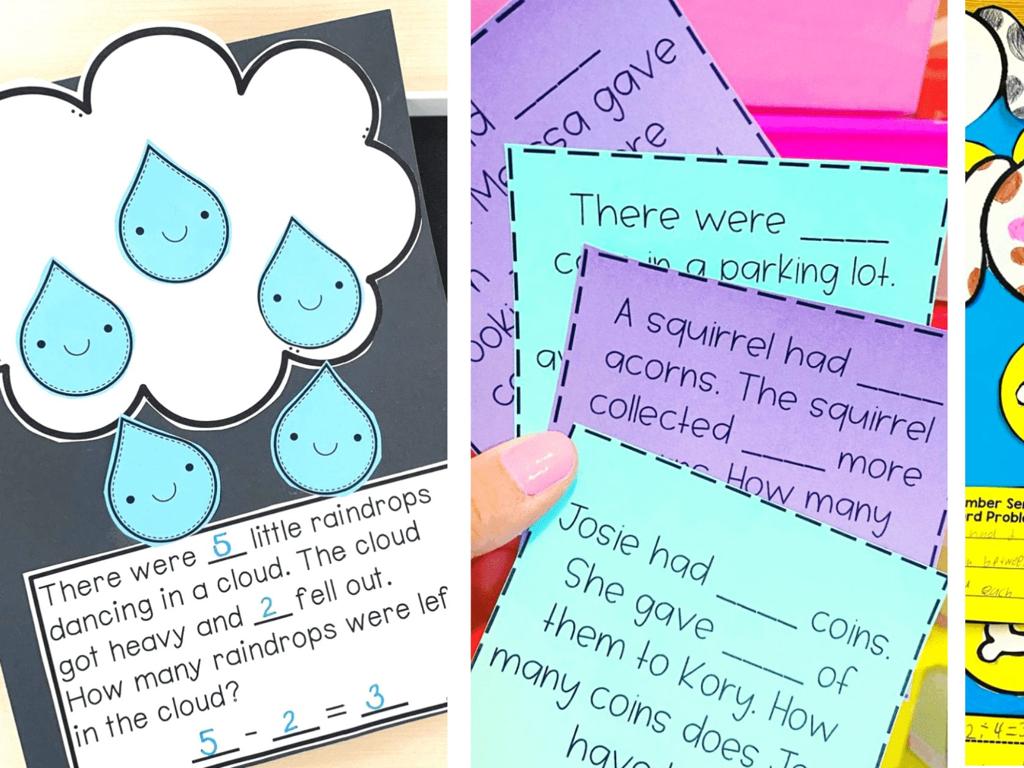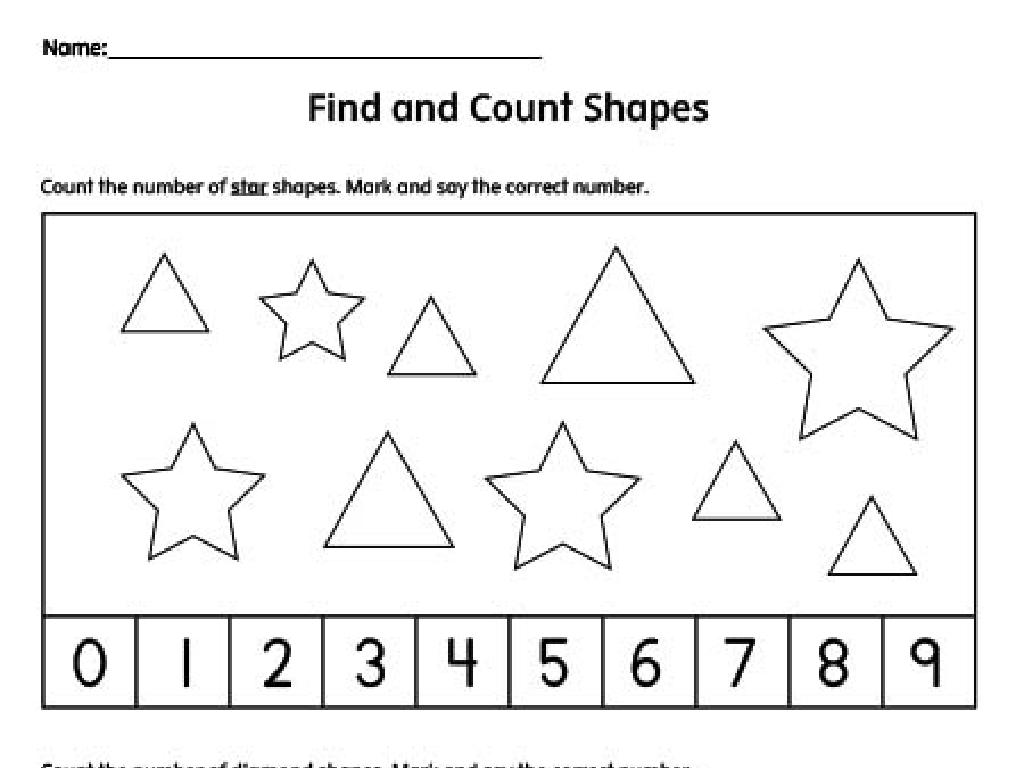The American Revolution: The Rebellion Begins
Subject: Social studies
Grade: Fourth grade
Topic: The American Revolution
Please LOG IN to download the presentation. Access is available to registered users only.
View More Content
The American Revolution: The Rebellion Begins
– Roots of the American nation
– How early settlements led to a new country
– What sparked the Revolution?
– A major event that changed history
– Colonies’ desire for independence
– Reasons colonies wanted to break away from British rule
– The fight for freedom begins
– The start of the struggle for self-governance
|
This slide introduces the American Revolution, setting the stage for understanding the historical context of the United States’ fight for independence. Begin by discussing the early settlements and how they grew into colonies with distinct identities. Explain the causes of the American Revolution, emphasizing the colonists’ desire for freedom and self-determination. Highlight the key events that ignited the desire for independence, such as unfair taxes and lack of representation. Conclude by explaining that this marked the beginning of a significant struggle for the colonies, one that would lead to the birth of a nation. Use this opportunity to spark curiosity about the revolution and encourage students to think about what freedom and independence mean to them.
Life in the 13 Colonies
– Colonial daily life
– Daily routines, work, and play in colonial times
– Governance of the colonies
– Each colony had its own government, but they were all under British rule
– Colonies’ relationship with Britain
– Tensions grew over taxes and laws imposed by Britain without representation
|
This slide aims to give students a glimpse into what life was like in the 13 Colonies before the American Revolution. Discuss the daily life of colonists, including their work, education, and leisure activities. Explain how each colony had its own government, which made local decisions, but ultimately, they were all under British control. Highlight the growing discontent among colonists due to the taxes and laws imposed by the British government, which they had no say in. This discontent eventually led to the rebellion that sparked the American Revolution. Encourage students to think about how they would feel if they were taxed without having a voice in the decision-making process.
The Road to Revolution
– The Stamp Act ignites protest
– A tax on paper goods that angered colonists, leading to widespread protest.
– The Boston Tea Party’s bold statement
– Colonists dumped tea into Boston Harbor to oppose British taxes.
– Gathering of the First Continental Congress
– Delegates from colonies met to discuss and respond to British policies.
– Understanding acts of rebellion
|
This slide introduces students to the key events that led to the American Revolution. The Stamp Act represented the first direct tax imposed by Britain on the American colonies, causing a surge of discontent and protest among the colonists. The Boston Tea Party was a significant act of rebellion, showcasing the colonists’ resistance to the unfair taxation. The First Continental Congress was a crucial step towards unity among the colonies, as representatives came together to take action against British rule. Use this slide to discuss the concept of rebellion and how these events collectively contributed to the desire for independence.
The Start of the Revolution: Lexington and Concord
– ‘Shot heard round the world’
– The first shot of the American Revolution, signaling the start of the conflict.
– Significance of the first battles
– These battles showed that the colonists were ready to fight for their rights and freedom.
– Triggering the Revolutionary War
– The clashes at Lexington and Concord sparked the full-scale war for independence.
|
This slide introduces students to the beginning of the American Revolution with the events at Lexington and Concord. The phrase ‘shot heard round the world’ refers to the first shot fired at Lexington, which marked the start of the conflict. It’s important to discuss the significance of these battles as they demonstrated the colonists’ willingness to fight for their independence and marked a turning point as tensions escalated into war. Encourage students to think about how a single event can have a large impact on history. Discuss the reasons why the colonists felt the need to take up arms and how these battles contributed to the broader context of the American Revolution.
Key Figures of the American Revolution
– George Washington: Military Leader
– Led the Continental Army to victory
– Thomas Jefferson: Voice of Liberty
– Wrote the Declaration of Independence
– Paul Revere: Midnight Rider
– Warned colonists the British were coming
|
This slide introduces students to three pivotal figures of the American Revolution. George Washington’s leadership as the commander-in-chief of the Continental Army was instrumental in the colonies’ struggle for independence. Thomas Jefferson, as the primary author of the Declaration of Independence, articulated the colonies’ desire for liberty. Paul Revere’s famous midnight ride is an iconic event where he alerted the colonial militia of the approaching British forces before the battles of Lexington and Concord. Encourage students to think about the different roles each person played and how their actions contributed to the larger cause of the revolution. Discuss the importance of leadership, communication, and courage in the context of these historical figures.
Understanding Perspectives: Patriots vs. Loyalists
– Who were the Patriots?
– Patriots wanted independence from British rule.
– Who were the Loyalists?
– Loyalists remained loyal to the British crown.
– Reasons for choosing sides
– Factors included political beliefs, economic interests, and family ties.
– Impact on society
|
This slide aims to help students understand the different perspectives during the American Revolution. The Patriots were colonists who sought independence and were willing to fight against British control. In contrast, the Loyalists were those who remained loyal to the British government, often due to their belief in the political system, economic dependencies, or personal connections to Britain. Discussing the reasons behind these allegiances will give students insight into the complexities of the era and the factors that influenced individuals’ decisions. It’s important to highlight that these choices had significant social implications, shaping the course of communities and the future nation.
The Declaration of Independence
– What is the Declaration?
– It’s a historic document declaring freedom from Britain.
– Key ideas: freedom & rights
– It talks about life, liberty, and the pursuit of happiness.
– Declaration’s impact
– It changed how people viewed their rights and government.
– Understanding its importance
|
The Declaration of Independence is a powerful document that marked the official separation of the thirteen colonies from Great Britain. It’s important for students to understand that this document laid the foundation for the United States’ values on freedom and individual rights. Key ideas include the right to life, liberty, and the pursuit of happiness, which were revolutionary concepts at the time. The impact of the Declaration was global, influencing other nations and future human rights movements. Discuss with students how these ideas are relevant today and how they have shaped the nation’s history. Encourage them to think about what freedom and rights mean to them personally.
Class Activity: Patriots vs. Loyalists Debate
– Divide into Patriots and Loyalists
– Debate on declaring independence
– Present your group’s arguments
– Use facts from our lessons to support your stance
– Hold a class vote on independence
– Every vote counts! What will we decide?
|
This interactive role-play activity is designed to help students understand the perspectives of the Patriots and Loyalists during the American Revolution. Divide the class into two groups representing each side. Allow time for each group to prepare their arguments using knowledge from previous lessons. Encourage students to think about the reasons each side had for their position on independence. After the debate, conduct a secret ballot to vote on independence. This activity will engage students in critical thinking and help them grasp the complexities of historical conflicts and decisions. Possible variations of the activity could include writing persuasive letters, creating protest signs, or reenacting a scene from a historical event.





